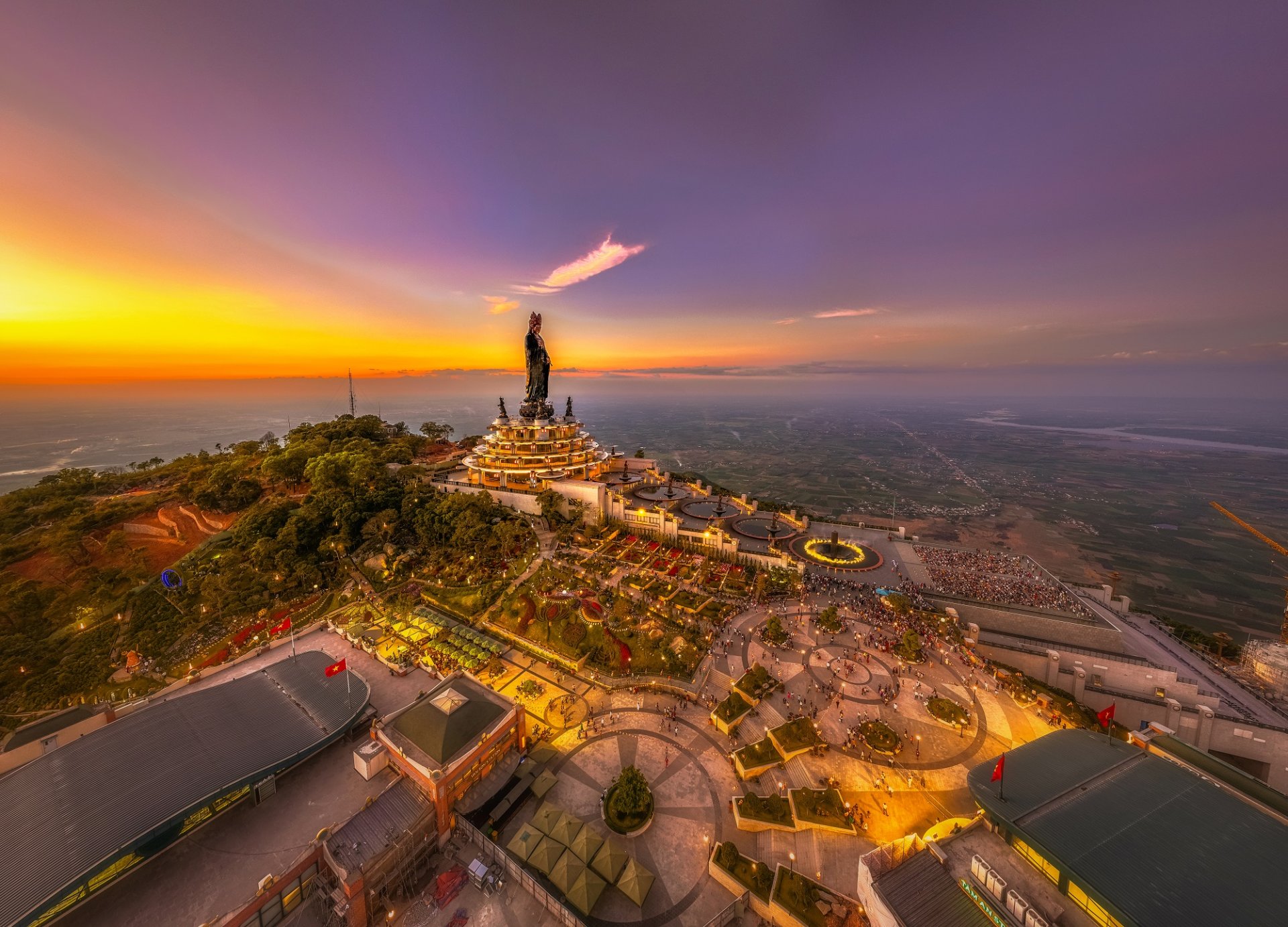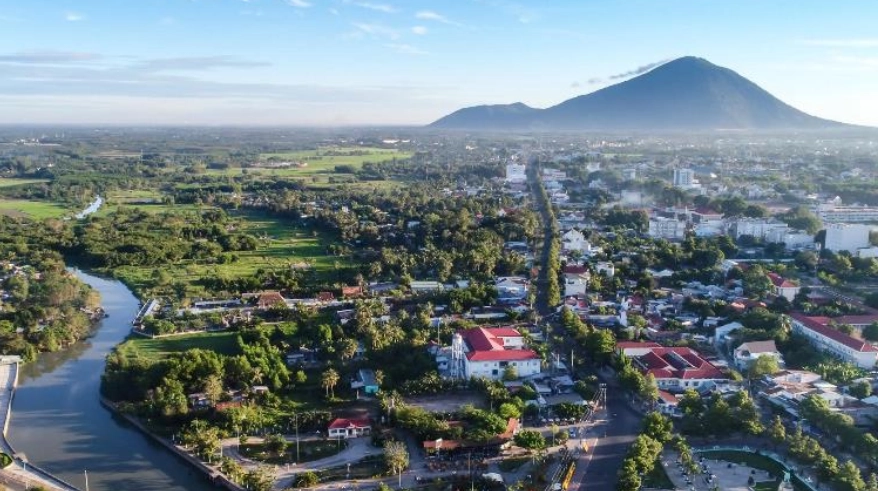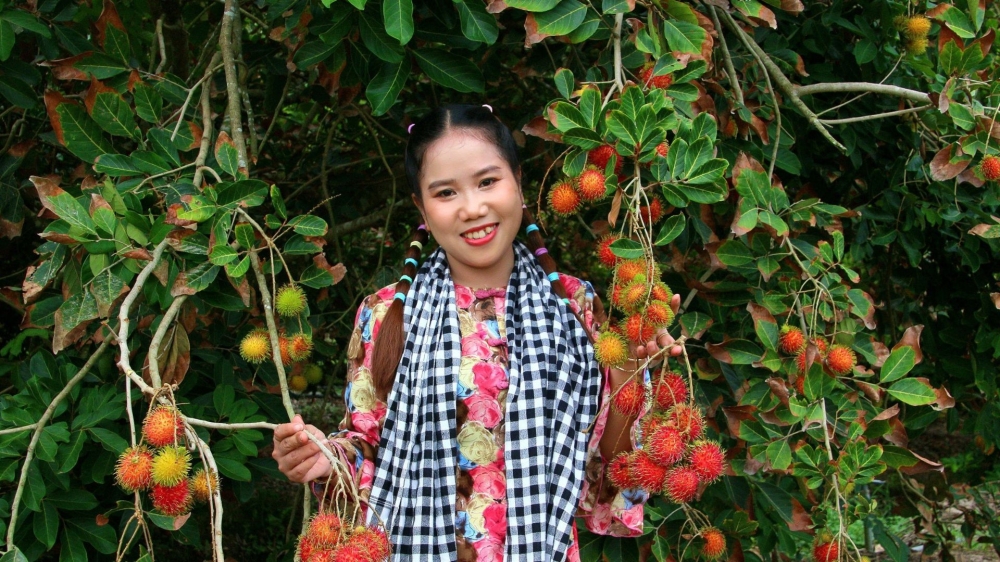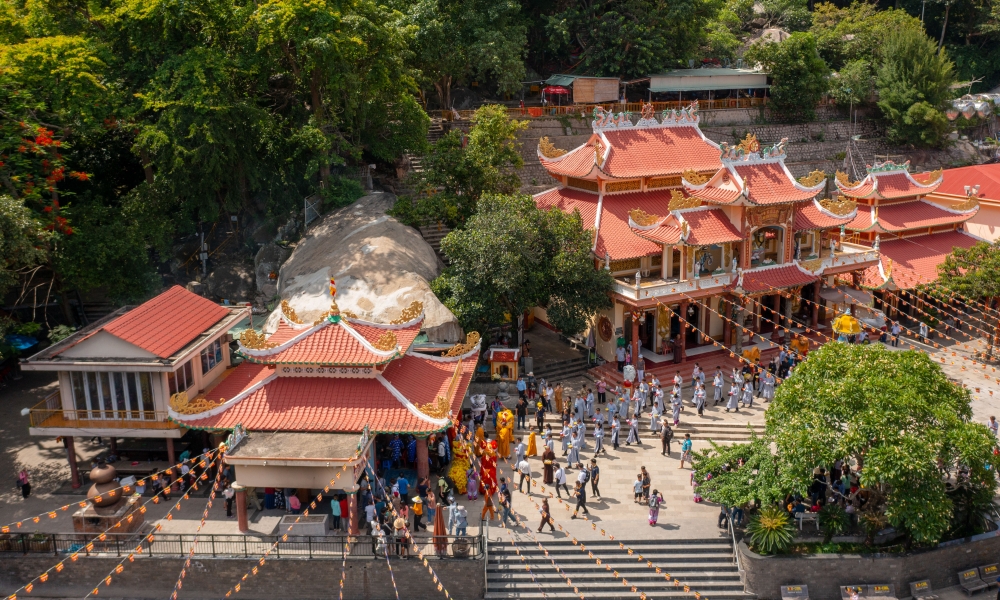Nui Ba Den is not only the "roof of the South" but also one of the destinations rich in historical and cultural value in the eyes of international tourists. This landmark has been mentioned by the world's leading travel guide Lonely Planet in the top 15 outstanding experiences when exploring Vietnam, as well as to explore the history, culture and many anecdotes when visiting Tay Ninh.
Following the suggestion of the world's leading travel guide Lonely Planet, international tourists who want to explore the culture, history and traces of war can refer to the journey starting from Ho Chi Minh City, then to Cu Chi tunnels, visiting Cao Dai Holy See and Nui Ba Den (Tay Ninh). According to the description of the travel platform Get Your Guide, this is a fascinating journey, helping tourists learn a combination of history, culture and spiritual factors. “Learn about the Vietnam War, attend a midday prayer ceremony and enjoy vegetarian food…”, the introduction on Get Your Guide opens up many curiosities for international tourists.
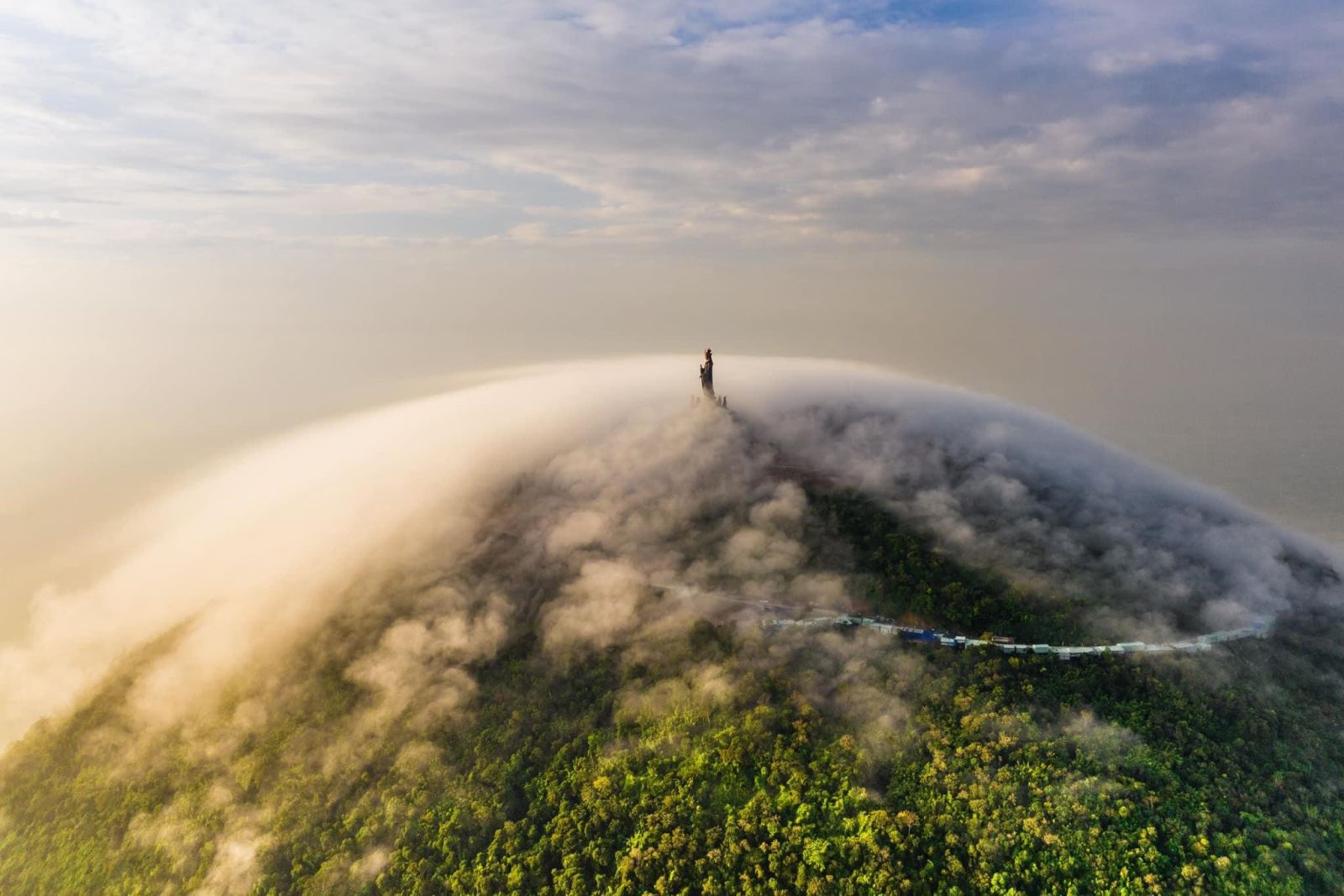
“Roof of the South” hidden in the clouds.
In the top 15 experiences in Vietnam in 2025 selected by Lonely Planet, visiting Cao Dai Holy See in Tay Ninh ranks 4th, alongside other special experiences such as visiting Bai Tu Long Bay, visiting the tombs in Hue. Combined with a trip to Cao Dai Holy See, visitors are suggested to travel 15 km to the northeast to Nui Ba Den, take a cable car to the top of the mountain, and then visit the system of temples and caves here.
About 100km northwest of Ho Chi Minh City, with an altitude of 986m, Nui Ba Den is known as the “roof of the South”. The majestic appearance hidden in the rolling white clouds of the mountaintop has created a scene that captivates the hearts of people. This mountain is also an important religious center, attracting millions of visitors every year to visit and pilgrimage, because of a series of architectural works such as temples, pagodas, shrines, towers… imbued with Buddhist culture and folk beliefs.
The temple complex at Nui Ba Den
The temple complex on the mountain creates a sacred space, attracting visitors to explore and learn about the history and culture of the people of Southern Vietnam. Here, the spiritual tourist attraction that attracts millions of visitors every year is the Linh Son Tien Thach Pagoda, associated with the legend of Ba Den, also known as Linh Son Thanh Mau Bodhisattva. As a symbol of the faith of the people of the South, Linh Son Thanh Mau is known for its miraculous legends along with compassion and salvation of sentient beings, becoming a spiritual support for the people here.
“A highlight of Nui Ba Den is the much cooler weather compared to the foot of the mountain”, Lonely Planet describes. Thanks to the temperature always being about 5-10 degrees lower than the plains, Nui Ba Den is also an ideal place to avoid the heat at a destination with a year-round hot climate like in Tay Ninh. Many people in the South also call this place the “Da Lat of Southeast Vietnam”.
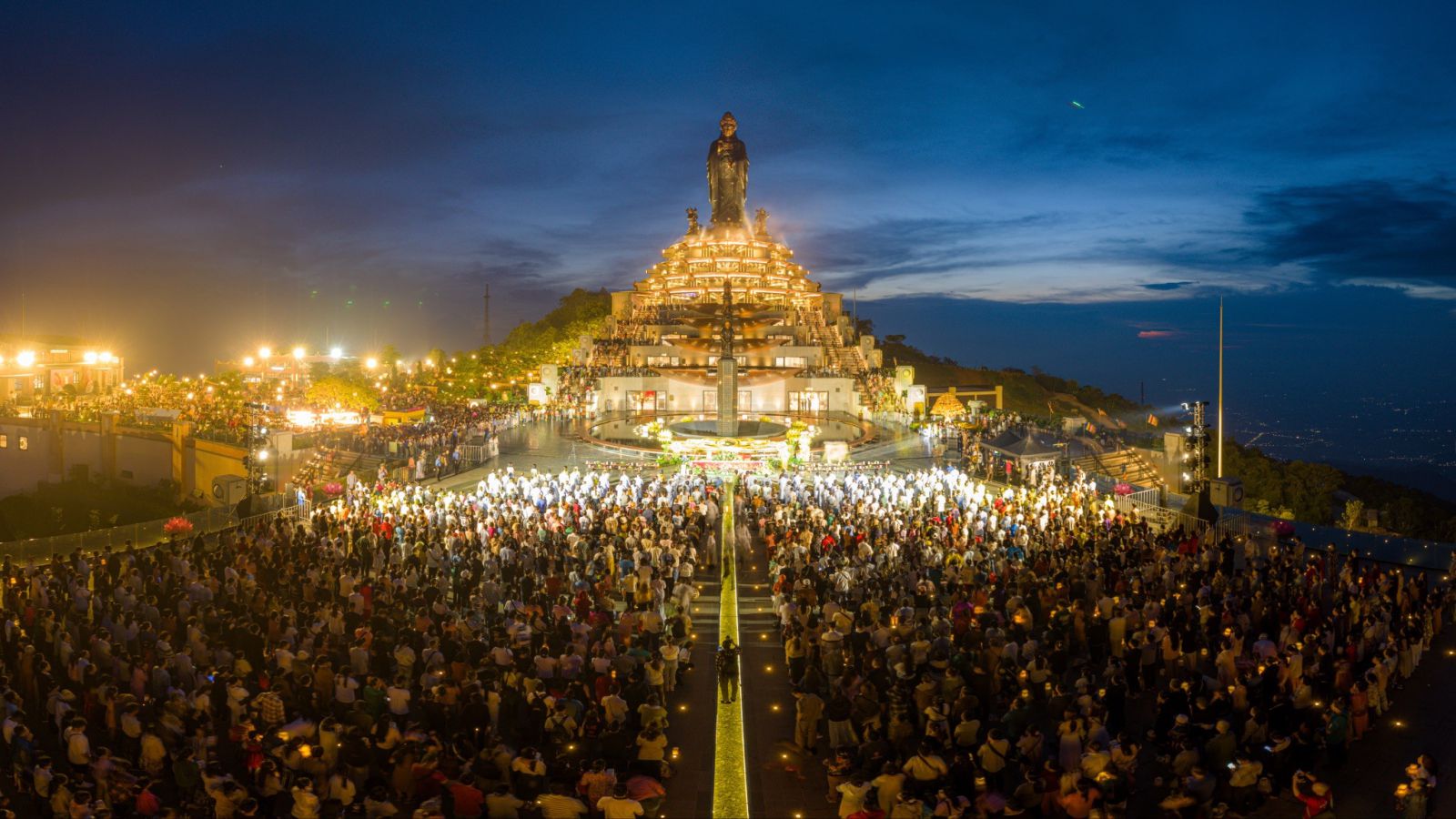
Ba Den Mountain peak attracts millions of visitors annually
Besides its cultural and spiritual values, Ba Den Mountain also preserves important vestiges of war. During the Indochina War and the Vietnam War, this area served as a strategic base for the Viet Minh and the National Liberation Front of South Vietnam. Located on a vital route, the mountain was the site of many fierce battles between Vietnamese forces and the French and American armies.
During the Vietnam War, Ba Den Mountain was heavily bombed by the US Air Force and became an important war zone. The cave system on the mountain was used as a shelter, for storing weapons, and for planning military operations. The remnants of war are still present today, becoming an important part of the journey to explore Vietnamese history, especially for international tourists departing from Ho Chi Minh City.
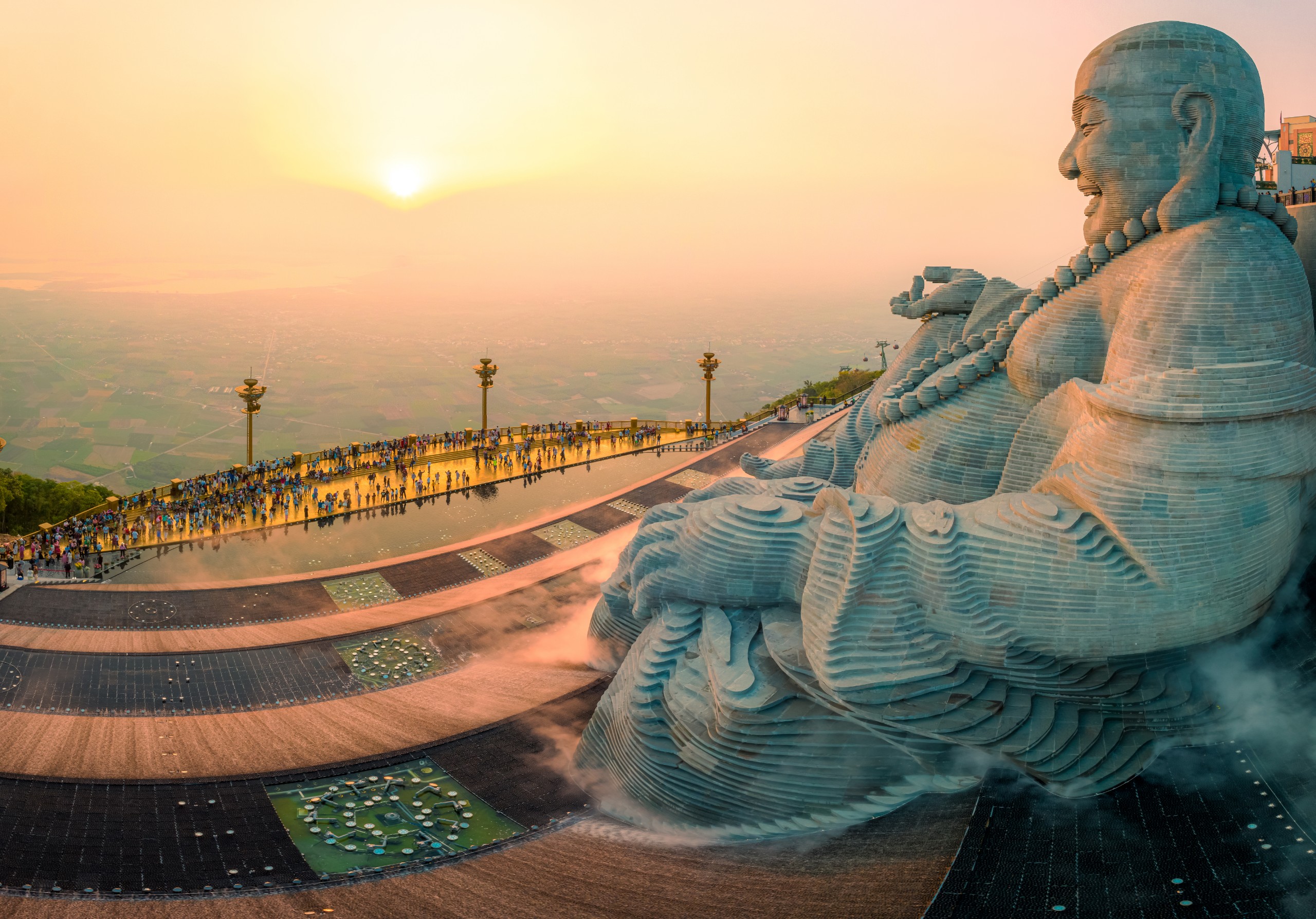
The Maitreya Bodhisattva statue made of sandstone - the embodiment of joy and the future on the top of Ba Den Mountain
To explore Ba Den Mountain, visitors can choose to use the modern cable car system. The cable car line helps visitors easily access important attractions, including war relic sites and the temple complex. Notably, the highlight of the mountain is the statue of the Western Bodhisattva Tay Bo Da Son located on the peak, with a height of 72m, designed, meticulously carved, cast from over 170 tons of red copper and recognized by the Asia Book of Records as the “Tallest bronze Bodhisattva statue in Asia located on a mountain peak”.
The peak is also home to the Maitreya Bodhisattva statue - the embodiment of joy and the future. According to folk beliefs, the beginning of spring is the best time to visit Maitreya, to receive positive energy from the Bodhisattva representing happiness and placing faith in the future.
With the combination of cultural heritage, vestiges of war, and important religious structures, Ba Den Mountain is not only a natural and cultural tourist destination but also a particularly impressive “red address” for those who like to learn about the history and identity of this borderland.




